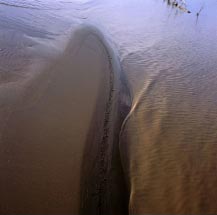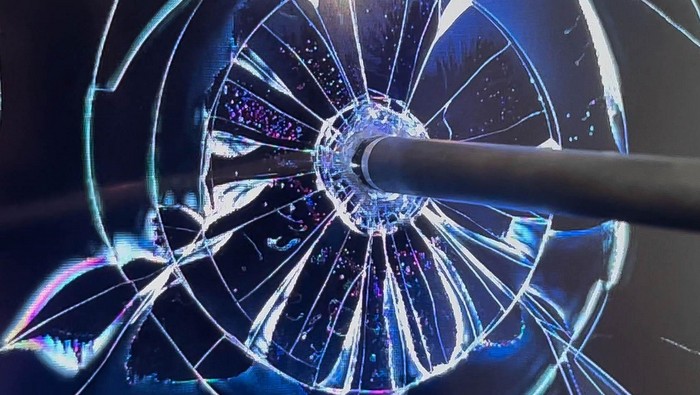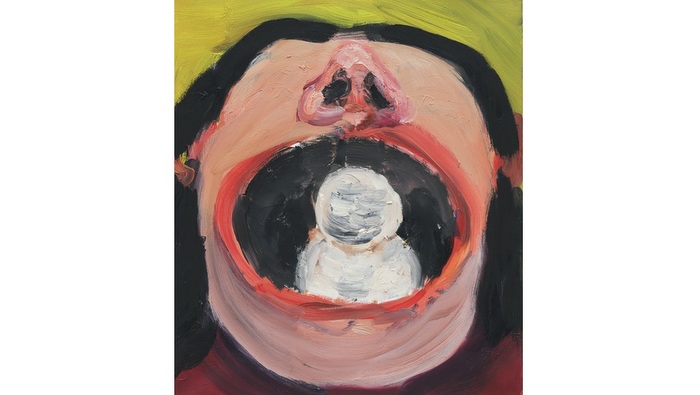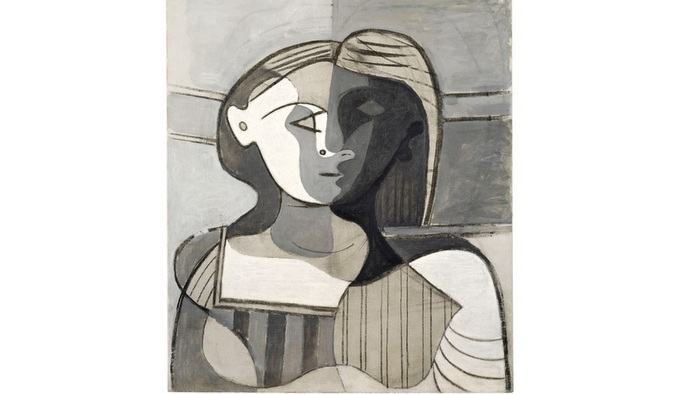
Barcelona: The exhibit River, works of art recently made by Guadalupe Miles, will be available to the public until June 4. It was inaugurated this weekend at the Sicart Galleries as part of the Latin American Perspectives series.
Guadalupe Miles (1971, Buenos Aires, Argentina) works inspired on the Chaco salteño, that she first photographed in 1996 with the help of a shaman as Tiluk, who is also a character in one of her pictures: an older man seen among the trees and plants, engaged in an invisible dialogue with them.
That shot in particular, says Florencia Blanco in her presentation note of the artist, was made “during a walk on the forest with Guadalupe in which he was showing her some medicinal herbs. Tiluk relates to the forest in a spiritual way, he travels through different levels of conscience and reality, he can connect with the spirit of a tree, of a plant, of an animal; Guadalupe sees that relation. And somehow she recreates it in her photographs: makes the spirit of things visible. This way, in her pictures, the tree that blossoms into yellow, appears as the magnificent being it actually is and not as the object that we have called “tree,” a school children’s drawing in brown and green, vague sum of trunk, branches and leaves. The camera greets it with a respectful reverence, as if it were a venerable old man of the area.”
“In the Pilcomayo River, the water flows easy; the movement in the banks molds the fine clay, shapes it. Between the murmurs of the river, a female presence softly emerges. To the side, a group of children unbelievably covered with mud, play together and share stories as they gather in the intimacy of a circle. Their bodies and hairs covered with clay make me think of statues, but the children are not statues; they laugh, bathe, spend the day together, take care of each other. They will return to the river many times again. The golden light looks like a sacred light. I cannot stop looking into the man’s eyes, who looks back at me into my eyes, the look in his eyes is the most important thing in the picture, he looks at me as he turns his head a little bit, is he avoiding me a little bit? I look over the image as if it were a dream. Are those lines in his face scars? Are they wrinkles, marks, shadows? Are they remains of a tribal painting? Near there, a woman comes out mysteriously from the shadows, she walks into the golden light and is bathed by the light, here I am, she says, I came to stay, besides I’m beautiful, a woman, young.”
And Florencia finishes: “Little and nothing is what we know about the lives of those characters. We do not see streets, or houses, or tools, or stages, we do not see cars either, or dogs or signs … It is from little pieces that we deduce the whole and the whole is a presence so powerful that it would be hard to describe. The photograph is a strange intersection: it is about a pact between the soul of the photographed and the soul of the person taking the picture. Guadalupe reaches this new level of reality that Tiluk had taught her about. She flies over it and brings it in these images from Chaco, to us.”
Related Publications

Leo Pum presents HYPER LIKE at HYPER HOUSE
December 18, 2025
Aargauer Kunsthaus. Klodin Erb. Curtain falls dog calls
December 17, 2025











